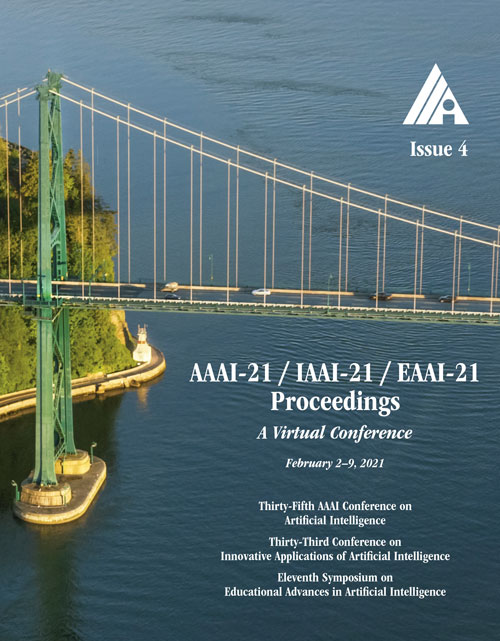Ada-Segment: Automated Multi-loss Adaptation for Panoptic Segmentation
DOI:
https://doi.org/10.1609/aaai.v35i4.16445Keywords:
Segmentation, Hyperparameter Tuning / Algorithm ConfigurationAbstract
Panoptic segmentation that unifies instance segmentation and semantic segmentation has recently attracted increasing attention. While most existing methods focus on designing novel architectures, we steer toward a different perspective: performing automated multi-loss adaptation (named Ada-Segment) on the fly to flexibly adjust multiple training losses over the course of training using a controller trained to capture the learning dynamics. This offers a few advantages: it bypasses manual tuning of the sensitive loss combination, a decisive factor for panoptic segmentation; allows to explicitly model the learning dynamics, and reconcile the learning of multiple objectives (up to ten in our experiments); with an end-to-end architecture, it generalizes to different datasets without the need of re-tuning hyperparameters or re-adjusting the training process laboriously. Our Ada-Segment brings 2.7% panoptic quality (PQ) improvement on COCO val split from the vanilla baseline, achieving the state-of-the-art 48.5% PQ on COCO test-dev split and 32.9% PQ on ADE20K dataset. The extensive ablation studies reveal the ever-changing dynamics throughout the training process, necessitating the incorporation of an automated and adaptive learning strategy as presented in this paper.Downloads
Published
2021-05-18
How to Cite
Zhang, G., Gao, Y., Xu, H., Zhang, H., Li, Z., & Liang, X. (2021). Ada-Segment: Automated Multi-loss Adaptation for Panoptic Segmentation. Proceedings of the AAAI Conference on Artificial Intelligence, 35(4), 3333-3341. https://doi.org/10.1609/aaai.v35i4.16445
Issue
Section
AAAI Technical Track on Computer Vision III

